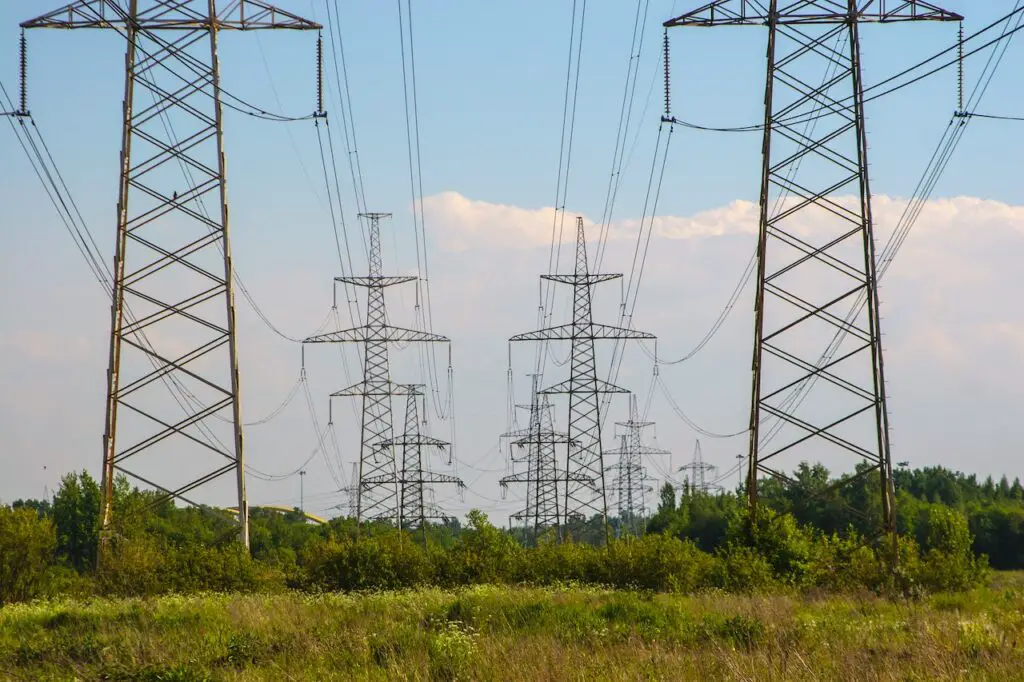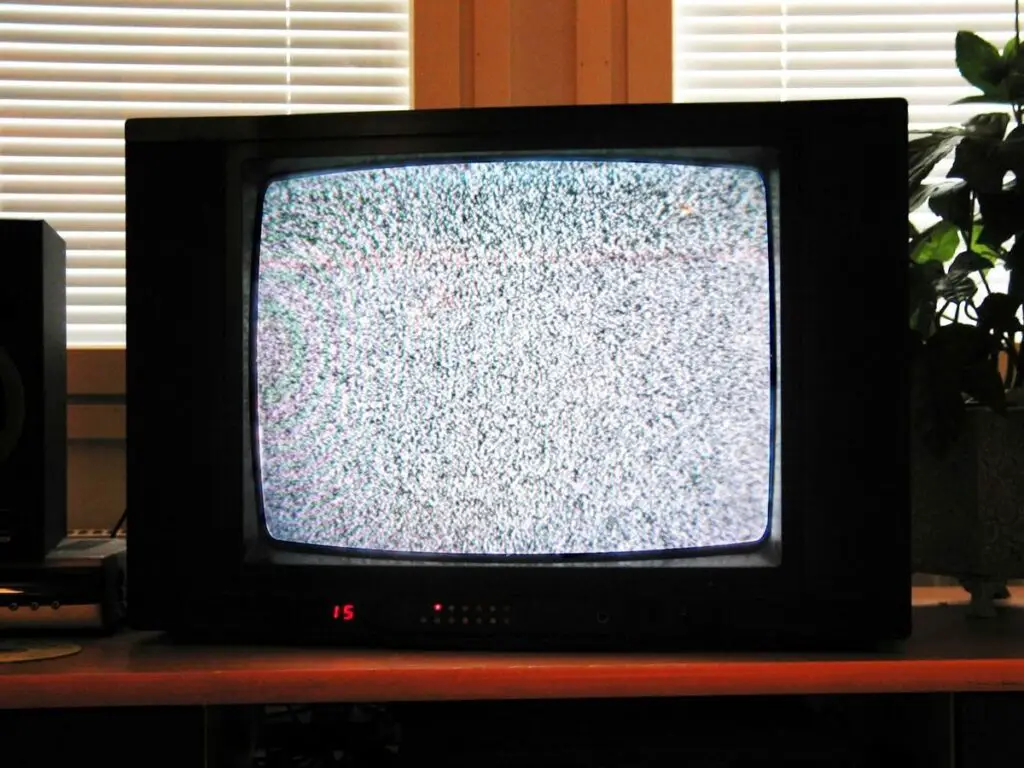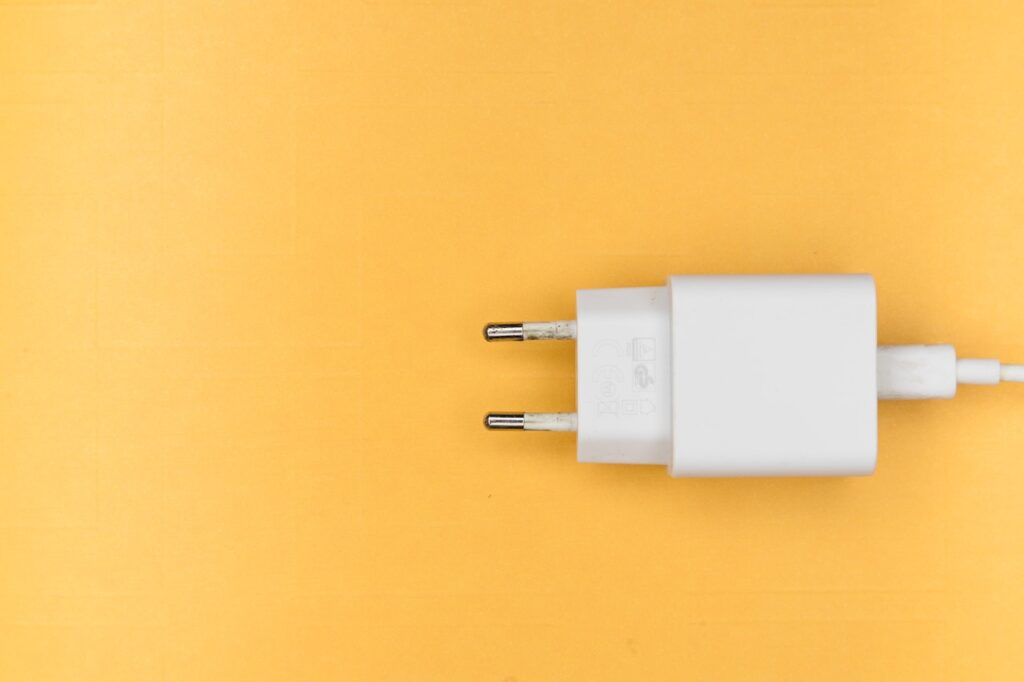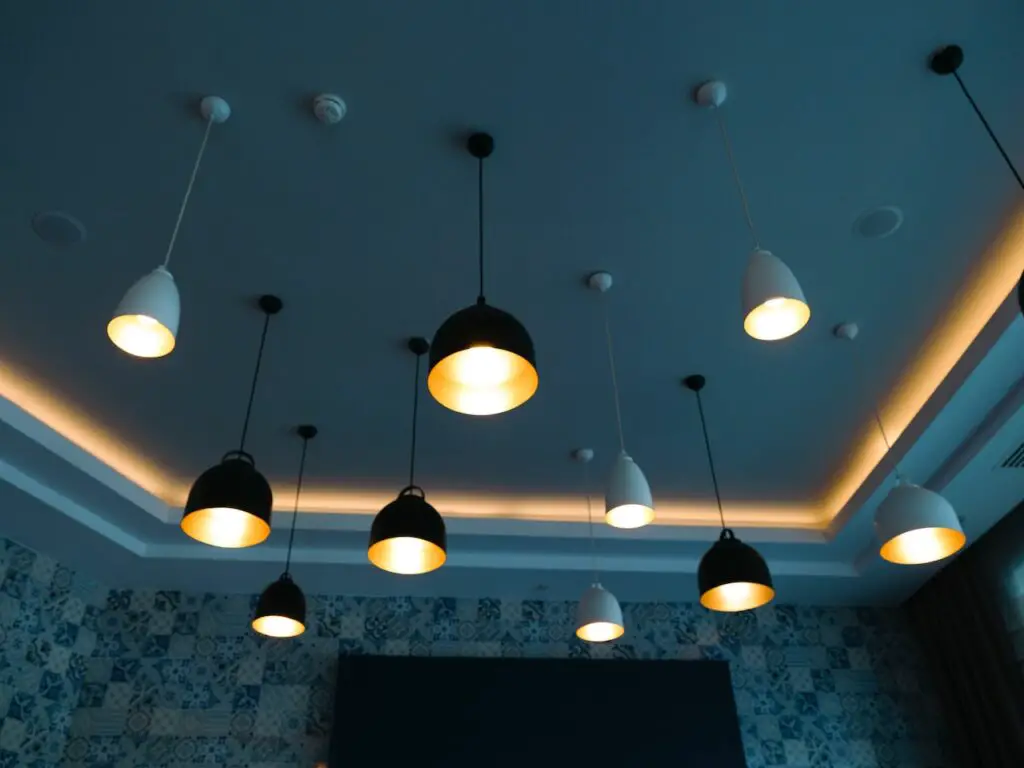
It used to be when I needed a new light bulb all I had to do was get the one with the right number of watts, so it wasn’t too bright or too dim. These days there are so many types of bulb that you need to think about the type of bulb as well, and if you are switching types how do you make sure you get the right brightness.
An LED light bulb uses the least amount of energy for a given amount of light output (brightness) when compared to other types of light bulbs. It does this by wasting less energy on things other than light output, such as heat, which is where a traditional filament light bulb wastes almost 90% of its energy.
How is energy use measured?
Electrical energy use is normally measured in watts or kilowatts(kw), which is a measure of how much electricity you are using at a specific moment in time. A killowatt is just 1000 watts.
The energy we pay for from our energy supplier is usually sold and priced in units of kilowatt hours (kwh) and this is just the amount of energy that it would take to run something that uses 1 kilowatt of electricity for 1 hour. Of course most of us don’t only have 1kw appliences that we run for exactly 1 hour, but the meter attached to our electricity supply is able to take care of working that out, so we still only get charged for 1kw of electricity if we run a 2kw heater for 30 minutes, or a 100w lightbulb for 10 hours.
How much energy does each bulb type use?
While the different bulb types all use different a amount of power to produce the same amount of light, they are not usually described by the amount of light they generate (normally measured in lumens) but as an equivalent to a traditional light bulb. The table below shows how much energy is actually used by a bulb of each type that is described as a 100w equivalent.
| Bulb Type | Energy Usage |
|---|---|
| Incandescent | 100w |
| Compact Fluorescent | 25w |
| Halogen | 80w |
| LED | 18w |
While the actual energy usage of all of the bulb types will vary slightly depending on conditions or manufacturer, this does give a good guide as to how each type of bulb compares to the others.
How environmentally friendly is each bulb type?
There is more to being environmentally friendly than just how much energy it uses while it is on, we should also take into account things such as how it is made, if it requires hazardous materials during production, or if the product contains any of those materials which would cause problems during the disposal or recycling of them.
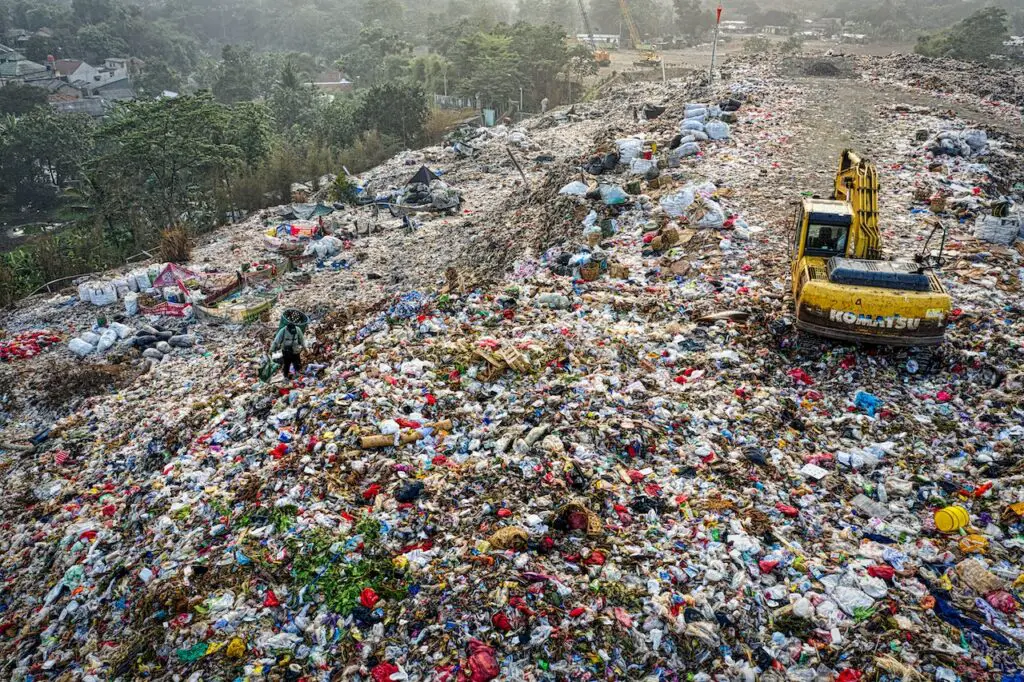
Incandescent Bulbs
Traditional light bulbs are made of glass and common metals such as steel or aluminum, with a tungsten wire inside that is heated when an electrical current is passed through it to create the light. The inside of the bulb is either a vacuum or is filled with a non-toxic inert gas, meaning there are no harmful substances released when one get broken, and making them easier to recycle than some of the other bulb types.
Fluorescent Bulbs
Fluorescent bulbs, both the standard tubes we probably use in the garage lights, and the newer compact ones (CFL) that can be used in regular light fittings both contain Mercury, which can be a poison in very small doses, so extreme care must be taken when disposing of these types of bulbs.
They are also inefficient to start, requiring a large amount of energy to get light production started, so much in fact that it is actually more efficient to leave the light on for 15 minutes rather than turning it off and back on less than 15 minutes later. While they are reported to last many times longer in terms of on time than a trditional incandescent bulb, turning them on and off drastically shortens their lifespan, with real world use meaning they don’t actually last any longer despite their higher price.
Halogen Bulbs
A halogen bulb is similar to a regular tungsten incandescent bulb, other than the gas the glass globe is filled with conains an amount of halogen. This allows the tungten wire to reach a higher temperature, outputting more light for a similar amount of power.
The downside to the higher temperate is that either regualr glass is not used for the globe and quartz is used instead for its abilities to better handle the higher heat, or if regular glass is used for the outer globe there will normally be a second inner globe made of quartz to allow the distance between the globes to act as an insulator and reduce the amount of heat. Both of these options increase the manufacturing complexity for the bulb making if less energy efficient to produce and more expensive.
Neither the added quartz or halogen have an impact on how the bulbs can be disposed of or recycled, so are about the same as regular incandescent bulbs.
LED Bulbs
While LED bulbs do use a semiconductor material to generate their light output, which is slightly more energy intense to source than traditional metals or glass, such a small amount is used per bulb the overall energy production required to generate a bulb is fairly similar to traditional bulbs. When this is coupled with the fact that an LED bulb may last 20-40 times longer than a traditional bulb, this means the energy required to create the bulbs needed for a specific area or house are much lower when taking a multi-year or even decade long view.
None of the components used in an LED bulb are any harder to recycle than a conventional build, so this makes it at worst the same as a conventional light bulb, and in reality many times better due to have ofter that recycle process needs to take place.
Why use an inefficient bulb?
There are places where the heat produced by an inefficient bulb are actually desired, these are items like incubators, easy bake ovens or lava lamps where the bulb is being more as a low cost, easily available heating element. There are some bulbs specifically designed for those uses which are even more inefficient when it comes to producing light, but in those special cases the light is normally the unwanted side effect of creating the heat rather than the other way around.
How much difference would changing bulbs make?
It is currently estimated that around 12% of all electrical power generated in developed nations get used on lighting, if we could switch all of our lighting to use much more efficient bulbs, such as LED ones, we could possibly reduce that to around 2% and saving around 10% of total energy generated. This scale of reduction would have a huge impact on the amount of greenhouse gases generated from energy production, and may even create more than a 10% reduction as dirty energy production may be able to be scaled back further if green souces could then be used for other uses rather than lighting.
Are LED bulbs the most energy efficient?
LED bulbs are currently the most efficent type of light bulb available, using around one fifth of the amount of electricity the a conventional light bulb would use. They also have a longer lifespan meaning they need not be replaced as often, reducing how often the current ones need to be recycled and new ones produced, which also creates an energy saving in the manufacturing and distribution process.

